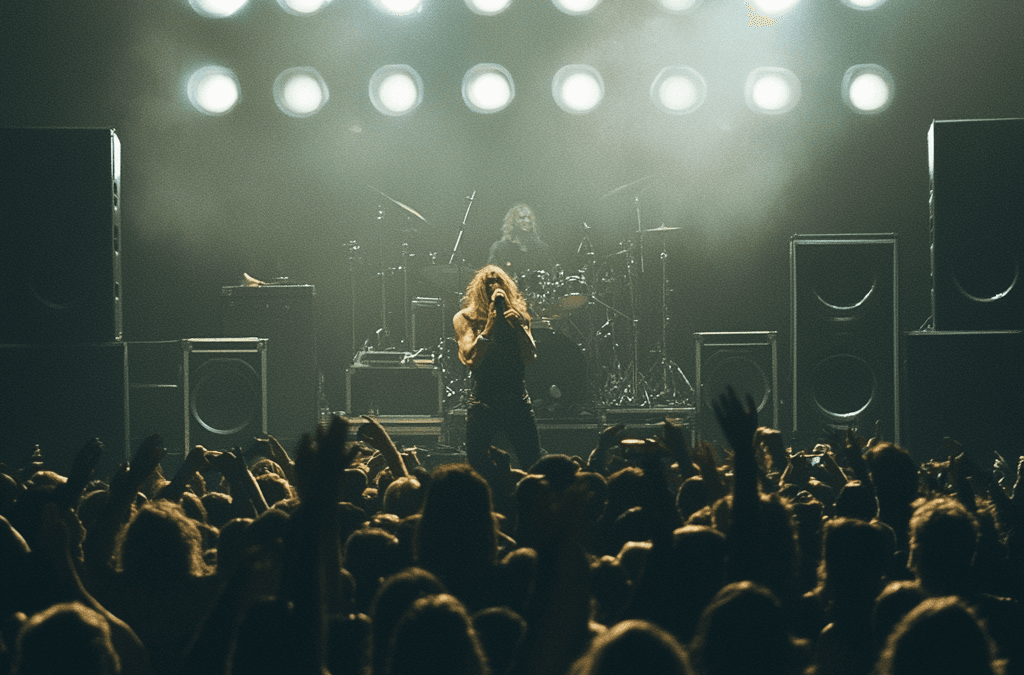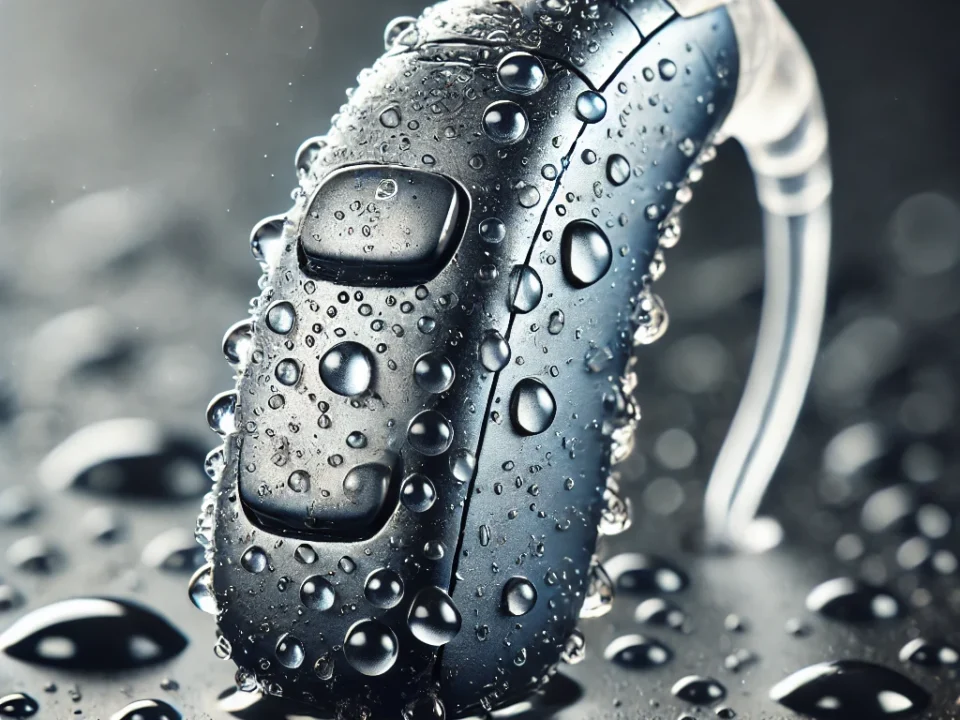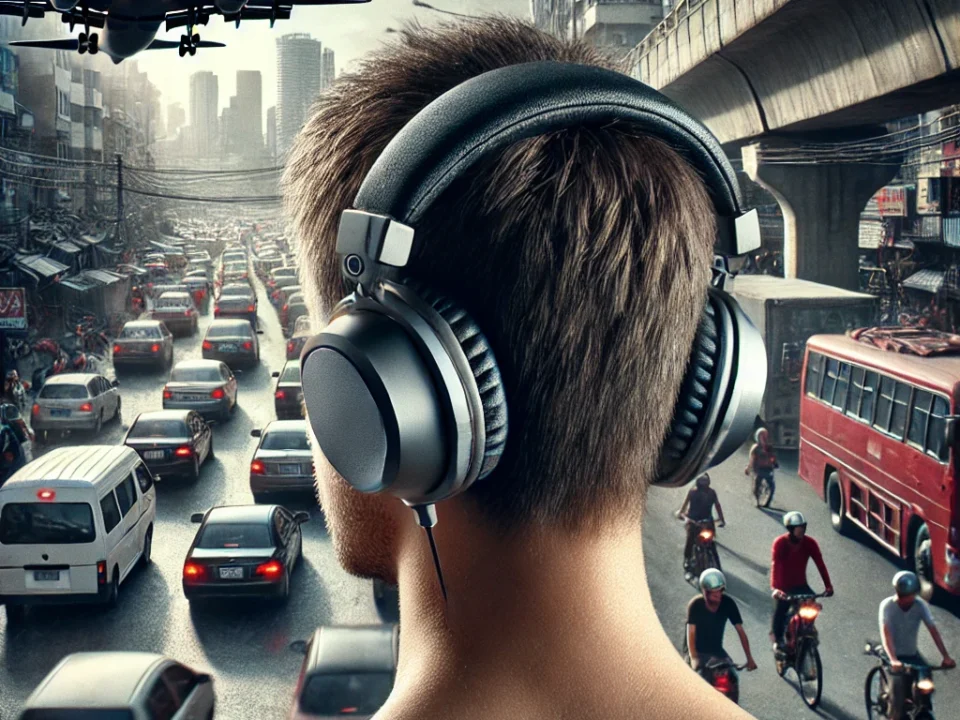
Autoimmune Inner Ear Disease (AIED)
October 2, 2024
Can Tinnitus Be Cured?
October 22, 2024Noise-induced hearing loss (NIHL) is the only 100% preventable hearing loss in the world. NIHL results from damage to the inner ear caused by exposure to loud sounds. This damage can occur instantly or develop gradually over time, and specifically targets the hair cells in the cochlea, responsible for converting sound waves into electrical signals that the brain interprets. These hair cells, once damaged, do not regenerate, resulting in permanent hearing loss.
Who is Affected by NIHL?
NIHL can affect anyone, regardless of age. It is commonly associated with workplace exposure to loud machinery, recreational activities like attending concerts, or using personal audio devices at high volumes. According to research, millions of people, including children and teens, are at risk of developing NIHL due to prolonged exposure to unsafe sound levels. Here in 2024, it is common for teens and young adults to be wearing at least one personal audio headphone for almost all hours of the day. The safe noise level that is agreed upon globally is up to 8 hours of exposure at 85dB before permanent damage starts to occur. This changes on a logarithmic scale, so for every 3dB increase of sound, the safe time exposure halves – so at a level of 88dB, only 4 hours would be considered the safe exposure time. At 91dB only 2 hours would be a safe exposure time, and so on. When you think about the fact that some concerts exceed 110dB, you can only imagine the unsafe noise exposure occurring every single day. In fact, research shows that 60% of people globally have some kind of hearing loss, and of those 60% 1 in 6 would have been completely preventable!! That to me, is a shocking statistic.
What Causes NIHL?
NIHL can be caused by:
- Sudden, loud sounds: Such as gunshots or explosions.
- Prolonged exposure to loud noise: Including environments like factories, concerts, and construction sites.
- Recreational activities: Using personal audio devices at high volumes, motorcycling, and attending loud events.
How Can Noise Damage Our Hearing?
Sound waves travel through the ear canal and vibrate the eardrum. These vibrations are transferred through the middle ear bones to the fluid in the cochlea. In the cochlea, hair cells convert sound vibrations into electrical signals sent to the brain. Continuous exposure to loud sounds or a single intense noise event can damage these hair cells, leading to permanent hearing loss.
Screening for NIHL
- Audiograms
An audiogram is a standard test for diagnosing hearing loss by measuring the lowest sound intensity detectable across various frequencies. NIHL typically causes a “notch” pattern on audiograms, particularly at the 3-4 kHz range, where hearing sensitivity declines. This characteristic pattern helps differentiate NIHL from other types of hearing loss. - Speech-in-Noise Testing
While audiograms measure hearing sensitivity, they do not assess how well a person can understand speech in noisy environments—a common complaint among people with NIHL. Speech-in-noise tests simulate real-world environments by introducing background noise and measuring the listener’s ability to understand speech. Tests like QuickSIN help determine the potential benefit of hearing aids if a hearing loss is detected, and assess functional hearing abilities beyond audiometric thresholds. - Distortion Product Otoacoustic Emissions (DPOAE)
DPOAE testing evaluates the health of the outer hair cells (OHCs) in the cochlea by measuring the ear’s response to specific sound frequencies. A healthy cochlea produces otoacoustic emissions that can be detected, while reduced emissions indicate damage. DPOAE testing is quick and non-invasive, often used for military personnel and individuals exposed to occupational noise, as it can detect early signs of cochlear injury before hearing loss becomes noticeable on an audiogram.
Auditory Brainstem Response (ABR)
ABR measures the brain’s electrical responses to sound, assessing the function of the auditory nerve and brainstem pathways. ABR is useful for identifying hidden hearing loss, where conventional tests may show normal thresholds despite underlying damage, particularly noise-induced synaptopathy.
Diagnosis of NIHL
Diagnosis of NIHL involves using diagnostic guidelines, such as those by Coles, Lutman, and Buffin in the UK, which identify characteristic patterns of hearing loss. These guidelines emphasise audiometric findings, high-frequency hearing impairment, and history of noise exposure. Age-related hearing loss must also be considered when diagnosing NIHL, and diagnostic criteria may be modified for specific populations, such as military personnel.
The Effects and Signs of NIHL
Early signs of NIHL include difficulty understanding speech in noisy environments, muffled hearing, and tinnitus (ringing in the ears). In severe cases, individuals may require hearing aids or cochlear implants to regain functional hearing. NIHL may also lead to “hidden hearing loss,” where normal hearing thresholds do not fully reflect functional impairments in speech recognition, especially in background noise.
Can NIHL Be Prevented?
Prevention is the most effective strategy for NIHL, particularly in workplaces and recreational settings where high noise levels are common. Strategies include:
- Hearing protective devices (HPDs): Such as earplugs and earmuffs, which reduce noise exposure by up to 30 dB.
- Education and awareness: Programs that inform workers and the public about the risks of noise exposure and proper protection.
- Legislation: Regulatory bodies like OSHA in the U.S. and the European Commission have set limits on permissible noise exposure and mandated hearing protection in noisy environments.
Recent research suggests that smartphone apps, like the NIOSH Sound Level Meter, provide a reliable and cost-effective alternative to expensive sound level meters, helping individuals and businesses monitor noise exposure levels more easily.
Clinical Management of NIHL
There is currently no cure for NIHL, and management focuses on reducing further damage and improving hearing function with hearing aids or cochlear implants. In cases of sudden or acute noise-induced hearing loss, steroids may be administered to reduce inflammation in the inner ear. However, long-term treatment options for chronic NIHL remain limited.
Current Research on NIHL
Ongoing research is exploring new methods for preventing and treating NIHL, focusing on regenerating damaged hair cells and reducing cochlear inflammation. Studies have investigated using antioxidants, anti-inflammatory drugs, and gene therapy to repair damage caused by loud noises. Promising approaches include FX-322, a drug designed to regenerate hair cells, though clinical results have been mixed.
References
Hossein Davari, M., Taghi Jalalian, M., Jalil Mirmohammadi, S., Shojaoddiny-Ardekani, A., Piri Ardakani, M., Houshang Mehrparvar, A. (2024) Noise-induced Hearing Loss: Continuous versus Impact/impulse Noise, International Journal of Preventive Medicine, 10.4103/ijpvm.ijpvm_368_21, 15, (2024).
Natarajan, Nirvikalpa, Shelley Batts, and Konstantina M. Stankovic. 2023. “Noise-Induced Hearing Loss” Journal of Clinical Medicine 12, no. 6: 2347. https://doi.org/10.3390/jcm12062347
Oishi, N., & Schacht, J. (2011). Emerging treatments for noise-induced hearing loss. Expert Opinion on Emerging Drugs, 16(2), 235–245. https://doi.org/10.1517/14728214.2011.552427
Young, Robert W.; 1971; Decibel, A Unit of Level [PDF]; Naval Undersea Research and Development Center, San Diego, CA; Paper ; Available from: https://aes2.org/publications/elibrary-page/?id=2157
World Health Organisation (2021) World Report on Hearing. Available for download from: https://www.who.int/teams/noncommunicable-diseases/sensory-functions-disability-and-rehabilitation/highlighting-priorities-for-ear-and-hearing-care




